Oil-Cool Starting Resistors for Slipring Motor
Together with separate resistors, the motor starters start three-phase motors with slip-ring rotors of up to 2000 kW and rotor voltages of up to 2000 V.
The type and design of the motor starters can be freely selected from the resistor portfolio of this list and can thus be optimally adjusted to the individual application.
Reference User
ABB : Oil-cooled resistor starter 3PA3
Helmke : Oil-cooled resistor starter 3PA3 Special designs, used for fans, mills, etc.
Impek : Oil-cooled resistor starter 3PA3 Used for fans, mills
Jastram : Motor starter DK369.290.2/0R93 Used for Bugstahldrucker
Mbeya Cement : Motor starter 3PQ4-9WA0-670kW Used for fans
Mitex Gummiwerke : Oil-cooled resistor starter 3PA3 Used for rubber mixers
Siemens : Oil-cooled resistor starter 3PA3 Used for compressors, pumps, mills, etc.
ThyssenKrupp : Oil-cooled resistor starter 3PA3 Used for crushers |
|
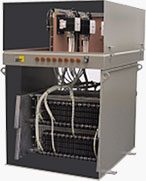 |
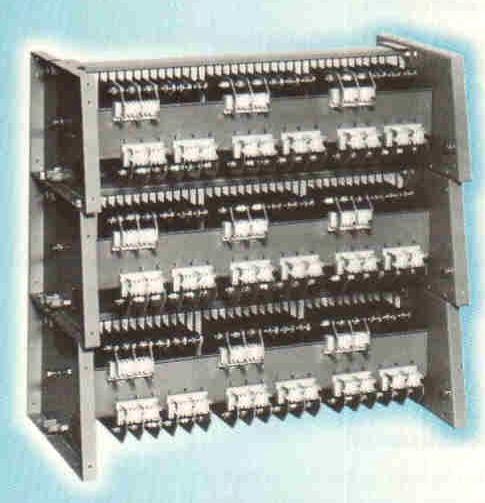 |
|
Together with separate resistors, the motor starters start three-phase motors with slip-ring rotors of up to 2000 kW and rotor voltages of up to 2000 V.
The type and design of the motor starters can be freely selected from the resistor portfolio of this list and can thus be optimally adjusted to the individual application.
Reference User
Siemens : Air-cooled resistor starter 3PR3 Used for conveyor, compressors, pumps, mills, etc. |
CAST IRON RESISTOR
Cast iron resistors are used in drive engineering in combination with motor starters or contactor controls for the starting and stepping of three-phase slip-ring rotor or three-phase motors. They can also be applied as slip, series or load resistors. Cast iron resistors are characterized by their high overload capacity and are mainly used for short-term or intermittent operation.
GINO is the only manufacturer of cast iron resistors who manufactures and supplies to AEG, BBC, ABB and others. All systems supplied by Siemens to date are completely available.
|
|
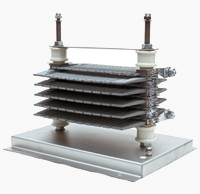 |
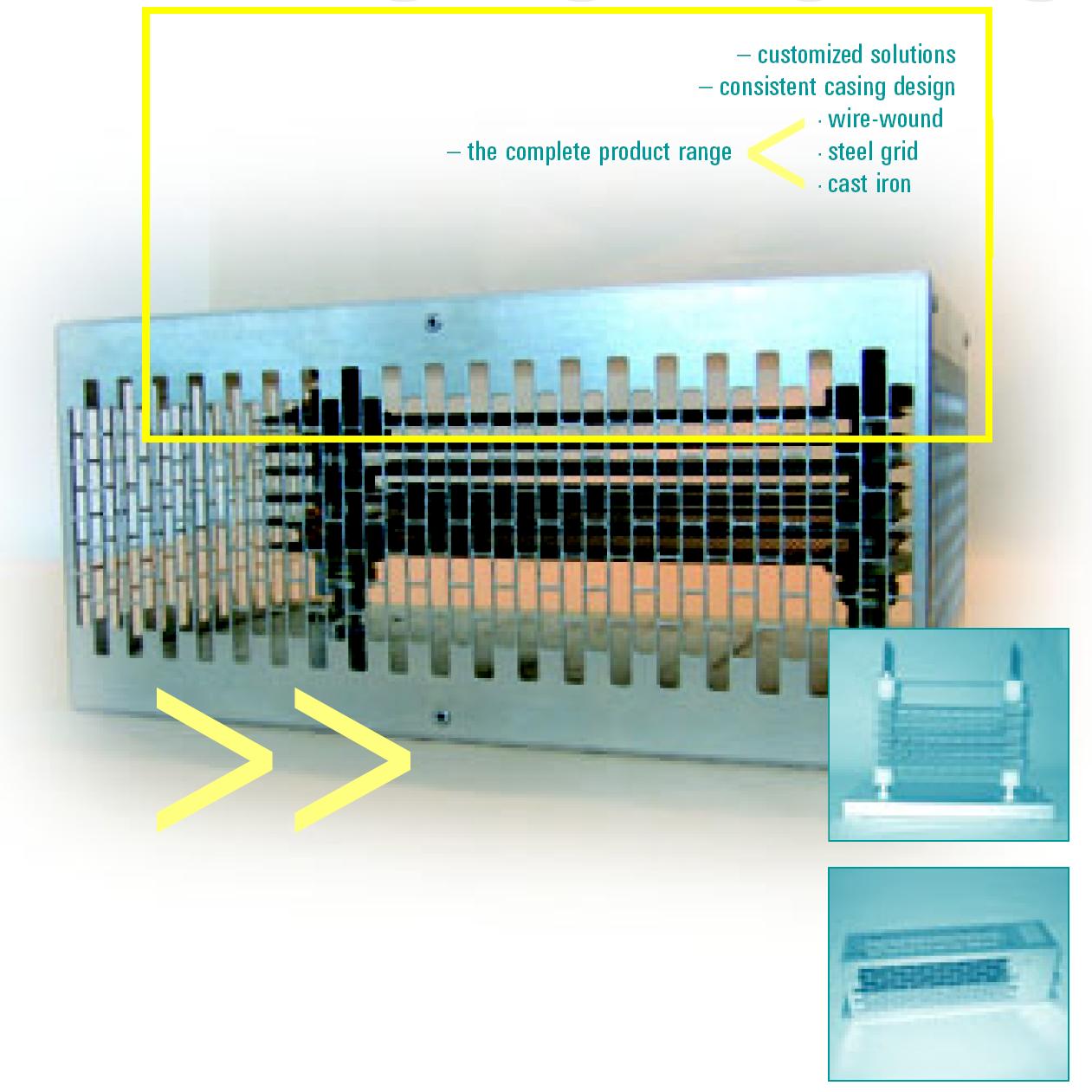 |
|
Braking Resistors for frequency converters
Braking resistors are used for lifting and driving gears, elevator drives, conveyors, drives on manipulators as well as all drives where fast speed changes are to be controlled and the excess energy is not consumed by the loads or losses of the machine.
Resistors for smaller ratings can be installed together with the other equipment in the switchgear unit. Due to the heat formation, resistors for larger ratings often have their own casing and are installed separately.
Reference User of Braking resistor
ABB, Emotron, Lenze, Maschinenfabrik, Moeller, Omron, Rekers, Schneider Electric, Siemens |
Discharge Resistors System DCR
Discharge resistors for accumulators
The system is designed to test the accumulators. To guarantee the unrestricted functionality, the accumulators
must be tested at specific intervals using a defined discharge current for the specified time. Using our fully automated
testing process, a conclusive proof of the condition of the accumulator can be furnished.
The test is conducted at an ambient temperature using almost constant discharge current until the preset cut-off
discharge voltage is achieved. In the process, the discharge current is built-up slowly. Thereafter, our system
automatically disconnects the load from the accumulator to prevent damages resulting from the deep discharge.
If the cut-off discharge voltage is achieved before the set time, the discharge resistor is likewise disconnected
from the accumulator and an error message is displayed.
Since during the discharging process, the discharge current decreases with the accumulator’s voltage, the
resistance value must be readjusted. This process runs automatically in our product. |
|
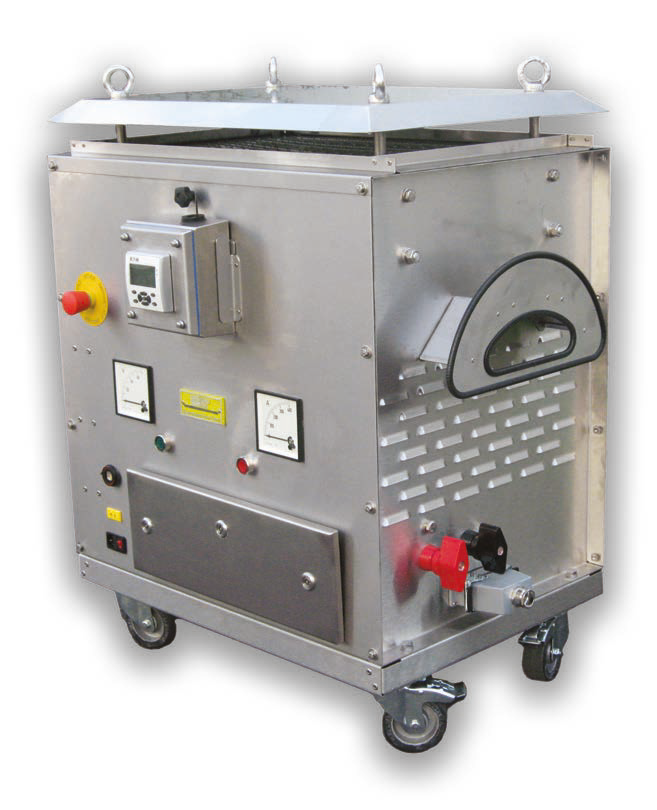 |
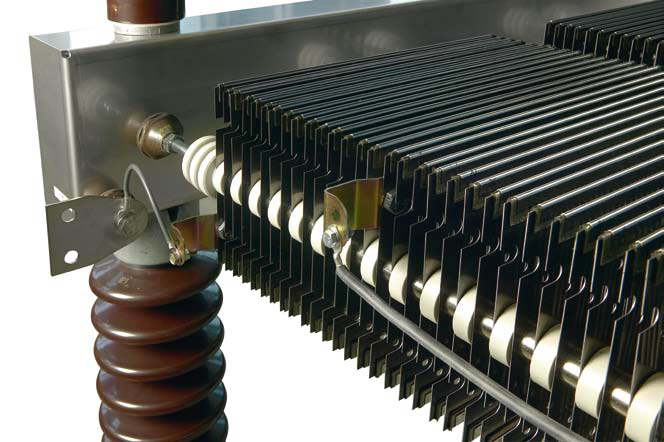 |
|
System DES / DDS
Power electronics, which undergo a rapid development, are used in all technical areas today. Besides their benefits of quick controllability and broad application range, some drawbacks are likewise involved.
Drives with a variable speed generate sinusoidal interferences. Harmonic waves affect the quality of the power system and compromise its safety. The cost factor due to the occurring reactive power should likewise not be neglected. The increased supply of renewable energy from wind turbines and solar power generators causes fluctuations in the active and reactive power of electrical systems that in turn affect the quality and reliability of the power system. |
Neutral Grounding Resistors ; NGR
For continuous or temporary low-resistance
neutral grounding in medium voltage systems
Neutral point connection
The method of neutral point connection in three-phase systems determines the power frequency voltage increase on non-defective phases in case of a ground fault.
The ratio of the root-mean-square value of the highest power frequency line-to-ground voltage (ULF) of a phase, not affected by the ground fault to the root-mean-square value of the line-to-ground voltage UL that would be available at the location under analysis under no-fault conditions, is named ground fault factor . This ground fault factor constitutes the decisive factor for the selection of the insulation level as per DIN 57111/VDE 0111.
|
|
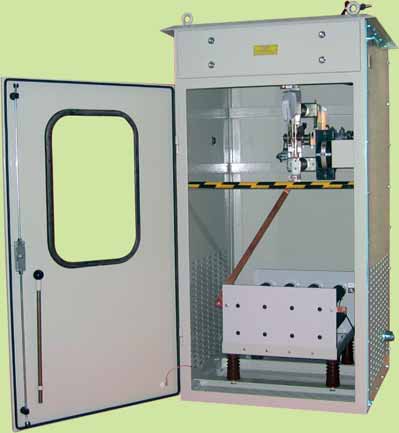 |
|